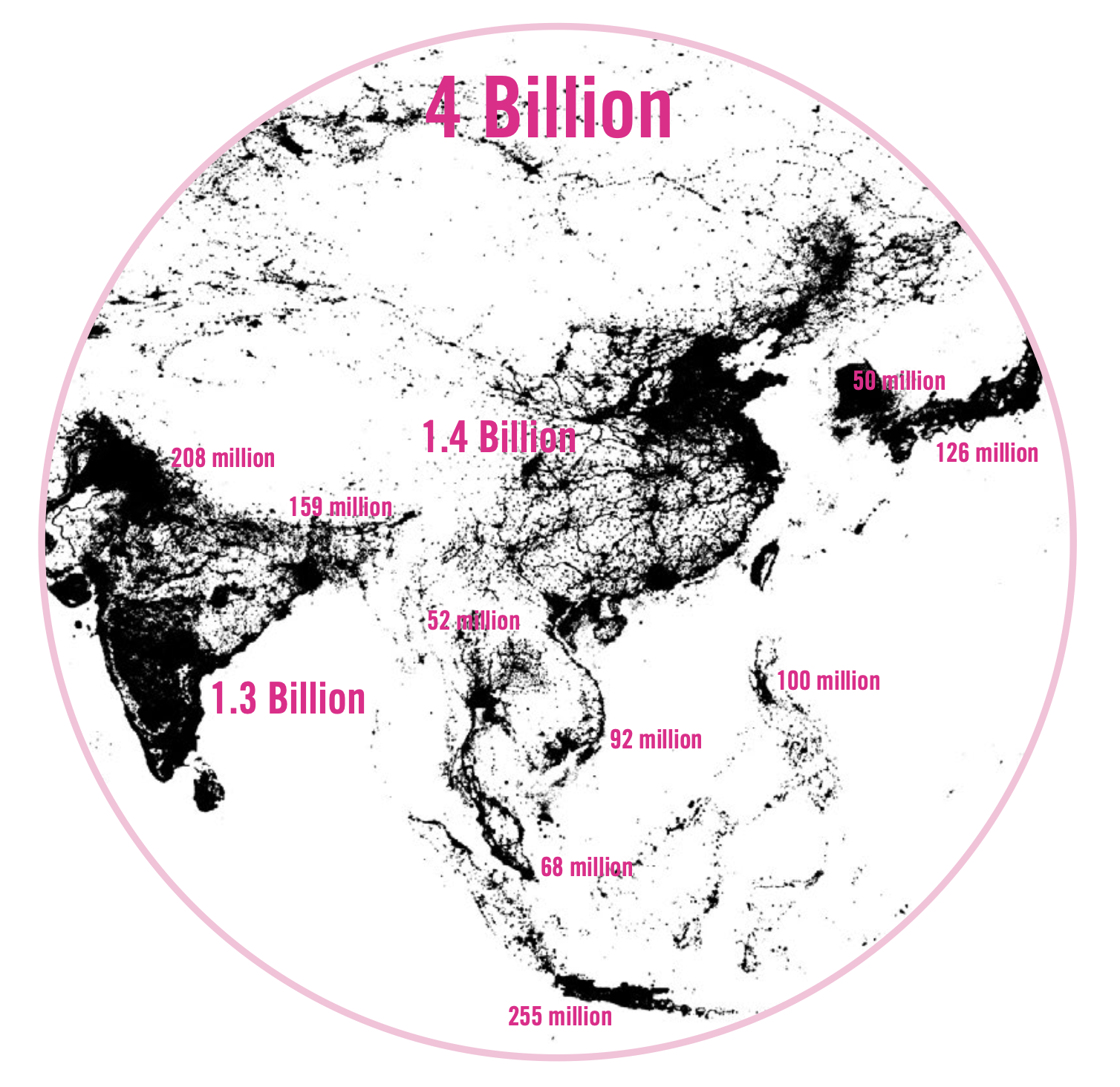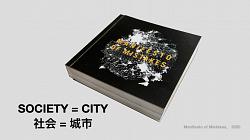Field Notes From the Frontlines
CHINA: UNWITTING URBAN LABORATORY
Through initiatives centred on ecocities and smart cities, China has committed to leveraging technological solutions and expansive planning blueprints. Nonetheless, its extensive endeavours to orchestrate the urban landscape have proven inadequate and, arguably, counterproductive. Even under the aegis of the world’s largest planning apparatus, China’s urban environments are not insulated from the unpredictable forces associated with market-driven urbanisation, or MUD*. As the repercussions of wholly artificially constructed landscape materialise, China’s suburbia challenges conventional understandings of urbanity. At once dense and fragmented traditional paradigms of city planning erode. While urban theory anticipates the emergence of unintended forms, corporate practitioners, grappling with mounting exigencies, continue to employ the rigidly prescriptive, inward-looking templates and coarse spatial systems, that were first employed at scale in China.
Chapter 1 critically examines the fundamental characteristics of Chinese urbanism*. It concludes that even after many iterations of refinements CU* must be understood as blueprint planning* on greenfields. In short, as a derivative of the new town* it is unable to sufficiently respond to local socio-spatial contexts or evolve with shifting demands.
By mapping China’s landscape this chapter lays bare the fundamental schisms that exist between urban theory and planning practice. Ultimately, interrogating what components of the Chinese template could and should be salvaged to be realised within more site-responsive and bottom-up planning approaches.

Owned by Quinn Comendant / Added by Quinn Comendant / 1.1 years ago / 149 hits / 0 seconds view time
Tags
Latest Entries
Contribute
Login to post an entry to this node.


